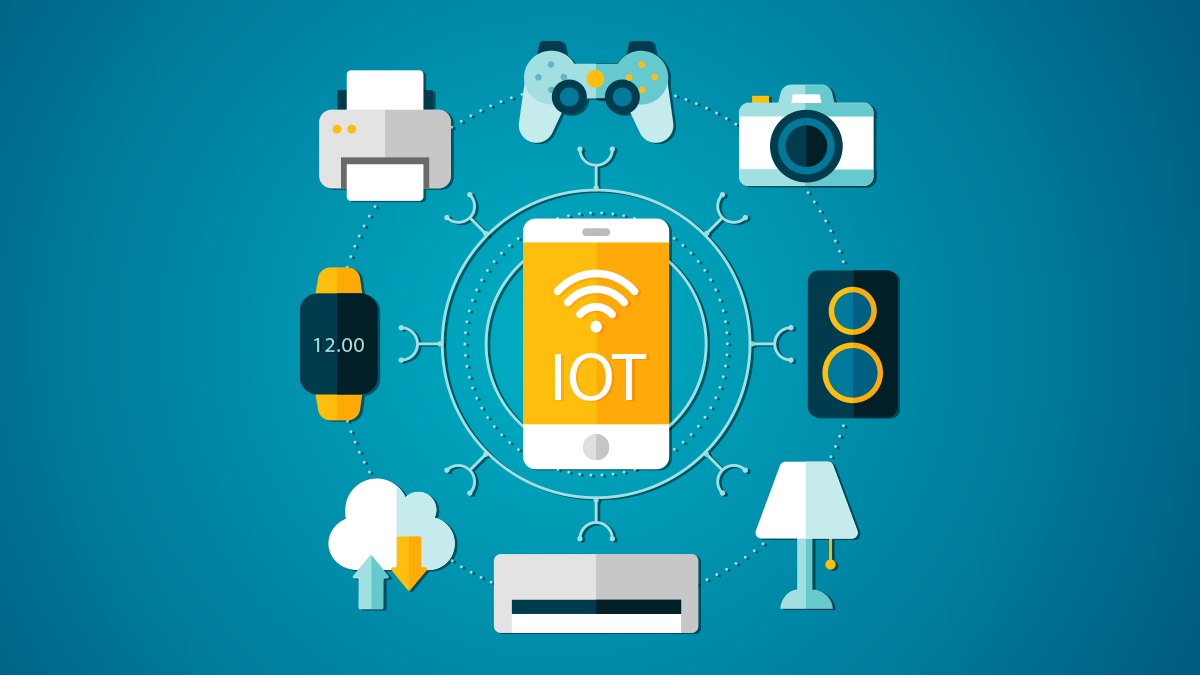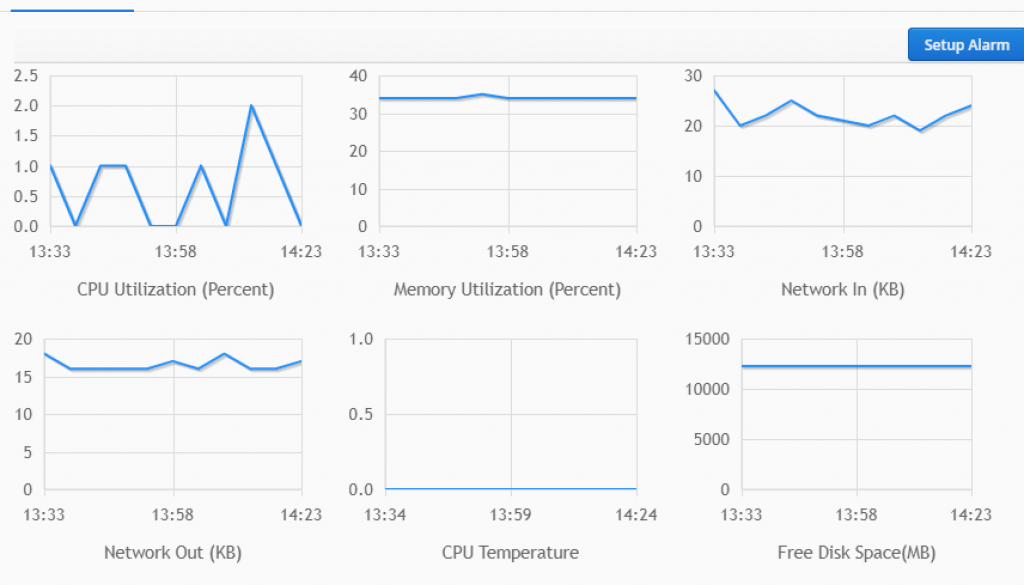Securely Monitor IoT Devices Behind Your Firewall
Does your networks security truly extend to every connected device, even those whispering secrets from behind your firewall? The answer, for many organizations, is a resounding and unsettling no. The vast and ever-expanding landscape of the Internet of Things (IoT) presents a formidable challenge, demanding a proactive approach to visibility and control that goes beyond traditional security perimeters.
The digital realm, once defined by desktops and servers, has exploded. Now, smart thermostats, industrial sensors, medical devices, and countless other IoT gadgets populate our networks, often operating with minimal security configurations and inherent vulnerabilities. These devices, designed for functionality rather than robust defense, create entry points that attackers are increasingly eager to exploit. The traditional firewall, while essential, is no longer sufficient to shield against the intricate threats posed by this pervasive ecosystem. Without comprehensive monitoring, these devices become potential gateways for malicious actors, capable of exfiltrating sensitive data, launching denial-of-service attacks, or gaining persistent access to your critical infrastructure.
To understand the critical need for dedicated IoT monitoring behind the firewall, we must first acknowledge the fundamental shift in the threat landscape. The proliferation of IoT devices has dramatically expanded the attack surface. Cybercriminals are adept at identifying and exploiting the weakest links in a network's defenses. IoT devices, with their often-default credentials and limited security features, represent low-hanging fruit. Successfully compromising a single IoT device can grant an attacker a foothold, allowing them to move laterally across the network, escalate privileges, and ultimately achieve their malicious objectives. This is why robust monitoring is not just advisable; it's an absolute necessity.
Consider the healthcare sector. Medical devices, like infusion pumps and MRI machines, are increasingly connected to networks to enhance patient care and streamline operations. However, if these devices are not adequately secured and monitored, they can become targets for ransomware attacks, which could disrupt patient care and compromise sensitive medical data. Similarly, in manufacturing, IoT devices control critical industrial processes. A breach could lead to production shutdowns, financial losses, and even physical damage. The potential consequences highlight the criticality of constant, effective monitoring behind the firewall.
The challenge isn't simply the existence of IoT devices; it's the complexity of managing them. These devices often communicate using a diverse range of protocols, generating a high volume of network traffic. Identifying malicious activity within this noise requires sophisticated tools and techniques. Furthermore, the security posture of IoT devices is constantly evolving. New vulnerabilities are discovered frequently, and devices may lack the capacity to receive regular security updates. This necessitates continuous monitoring, vulnerability scanning, and proactive threat detection.
To effectively monitor IoT devices behind the firewall, organizations need to adopt a layered security approach. This typically involves a combination of techniques:
- Network Segmentation: Isolating IoT devices into separate network segments restricts lateral movement by attackers. If one device is compromised, the attacker's access is limited to that specific segment.
- Intrusion Detection and Prevention Systems (IDPS): IDPS solutions analyze network traffic for suspicious activity and automatically block or alert security teams to potential threats.
- Behavioral Analysis: Analyzing device behavior over time can help identify anomalies that may indicate a compromise. This includes monitoring network traffic patterns, unusual resource usage, and communication with suspicious external addresses.
- Vulnerability Scanning: Regularly scanning IoT devices for known vulnerabilities helps identify weaknesses that can be exploited by attackers.
- Security Information and Event Management (SIEM): A SIEM system aggregates security logs from various sources, providing a centralized view of security events and enabling security teams to quickly identify and respond to threats.
The goal is not just to detect threats, but to gain a comprehensive understanding of your IoT environment. This involves knowing what devices are connected, how they are communicating, and what vulnerabilities they may have. This is where the importance of specialized IoT monitoring tools becomes clear.
These tools are designed to address the specific challenges of monitoring IoT devices. They often incorporate features like automatic device discovery, protocol analysis, and threat intelligence feeds. They can also integrate with other security tools, such as firewalls and SIEM systems, to provide a holistic view of the security posture. Consider the difference between using a standard network monitor and a tool designed specifically for IoT. The latter would understand the unique protocols used by IoT devices, allowing for more accurate detection of malicious activity. It might also have built-in intelligence about known vulnerabilities in specific devices.
The selection of an appropriate IoT monitoring solution depends on the size and complexity of the network, the types of IoT devices deployed, and the organization's security requirements. Factors to consider include:
- Scalability: The ability of the tool to handle a growing number of devices and increasing network traffic.
- Protocol Support: The tool must support the protocols used by the IoT devices in the network.
- Integration: The ability to integrate with existing security tools, such as firewalls and SIEM systems.
- Ease of Use: The tool should be easy to deploy, configure, and manage.
- Reporting: The ability to generate reports on device inventory, security events, and vulnerabilities.
Another crucial aspect is the continuous monitoring of network traffic. This goes beyond simple packet inspection; it necessitates a deep understanding of the communication patterns within the IoT environment. Anomaly detection, based on machine learning, can be applied to identify deviations from the established baseline of network activity. These deviations can signal malicious activity, such as unusual data transfers or unauthorized communication attempts. Moreover, the monitoring solution should be capable of performing real-time analysis of the data generated by the IoT devices. This includes analyzing device logs, network traffic, and application data to detect and respond to threats quickly.
Beyond the technology, the human element remains critical. Security teams must be well-trained and equipped to respond to security alerts. They need to understand the specific risks posed by IoT devices and have established incident response procedures. Regular security audits and penetration testing can also help identify vulnerabilities and assess the effectiveness of the security measures in place.
The process of deploying and maintaining effective IoT monitoring is an ongoing process. It requires continuous assessment, refinement, and adaptation to the evolving threat landscape. Organizations must be prepared to invest in the tools, expertise, and processes necessary to safeguard their IoT environments. This proactive approach is not just about protecting data; it's about ensuring the integrity and availability of critical infrastructure and services.
The implications extend beyond the immediate risk to data and operations. A breach involving IoT devices can damage an organization's reputation, lead to regulatory fines, and erode customer trust. In an increasingly interconnected world, robust IoT security is no longer optional; it is a fundamental requirement for business survival.
One of the key advantages of monitoring IoT devices behind the firewall is the ability to identify and address vulnerabilities before they can be exploited. Regular vulnerability scanning, coupled with proactive threat detection, can significantly reduce the risk of successful attacks. Moreover, by gaining a better understanding of the behavior of the connected devices, organizations can improve their overall security posture and enhance their ability to respond to incidents effectively.
It is important to remember that the security of IoT devices is a shared responsibility. Device manufacturers, network administrators, and end-users all have a role to play. Manufacturers should design devices with security in mind, implementing robust security features and providing timely security updates. Network administrators should implement and maintain a comprehensive security strategy, including monitoring and vulnerability management. End-users should follow security best practices, such as using strong passwords and keeping their devices updated.
The future of IoT security is likely to see the development of more sophisticated monitoring tools that leverage artificial intelligence and machine learning to detect and respond to threats. These tools will be able to analyze vast amounts of data in real-time, identify subtle anomalies, and automate the response to security incidents. They will also be capable of adapting to the changing threat landscape, ensuring that organizations remain protected against the latest cyber threats.
In conclusion, effectively monitoring IoT devices behind the firewall is no longer an option; it's a necessity. By implementing a layered security approach, utilizing specialized monitoring tools, and fostering a culture of security awareness, organizations can protect themselves from the growing threat posed by connected devices. Ignoring the security challenges presented by the IoT is not a risk worth taking. The time to act is now.



